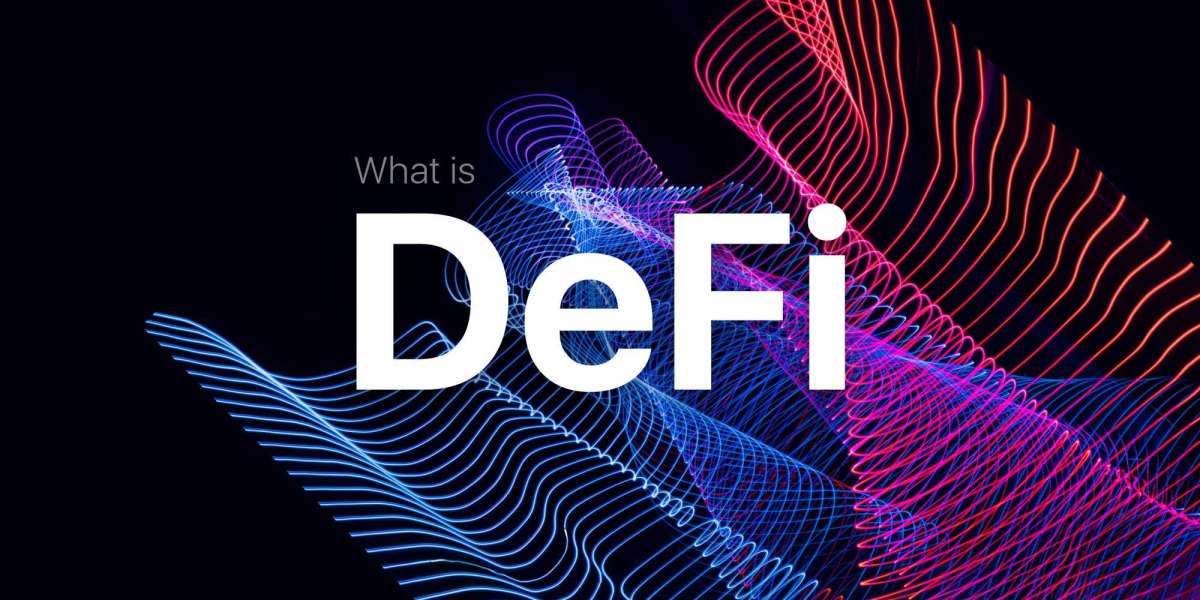Introduction
Welcome to the world of DeFi, where finance is decentralized, transparent, and open to everyone. In this article, we will explore the concept of DeFi, its significance in the financial sector, and how it is reshaping the way we think about money. Join us on this thrilling journey as we unravel the mysteries of DeFi, from its origins to its promising future.
Whai is DeFi?
DeFi, short for Decentralized Finance, is a revolutionary concept that aims to bring transparency, inclusivity, and accessibility to traditional financial systems. In simple terms, DeFi refers to a wide range of financial applications built on top of blockchain networks, such as Ethereum. These applications eliminate the need for intermediaries like banks, brokers, or insurance companies, enabling peer-to-peer transactions, smart contracts, and decentralized lending and borrowing.
The Rise of DeFi: Unlocking Financial Freedom
1. DeFi's Early Beginnings
DeFi emerged as a natural evolution of blockchain technology, leveraging its decentralized nature to disrupt traditional financial services. In 2013, the introduction of Ethereum provided the infrastructure needed for the development of smart contracts, which allowed developers to create financial applications on a trustless and transparent platform.
2. Core Principles of DeFi
DeFi is built on a few core principles that underpin its success:
a) Transparency: All transactions and operations within DeFi applications are recorded on the blockchain, making them visible to anyone. This transparency ensures accountability and reduces the risk of fraud or manipulation.
b) Accessibility: DeFi removes barriers to entry, enabling anyone with an internet connection to participate in financial activities. This inclusivity opens up new opportunities for individuals who have been traditionally excluded from the traditional banking system.
c) Interoperability: DeFi applications can seamlessly interact with one another, creating a robust and interconnected ecosystem. This allows users to leverage multiple DeFi services and platforms, enhancing their financial capabilities.
3. DeFi's Impact on Traditional Finance
DeFi has the potential to revolutionize traditional finance in several ways:
a) Decentralized Lending and Borrowing: DeFi platforms enable users to lend or borrow funds without relying on traditional banks. Through smart contracts, borrowers can access loans quickly, while lenders can earn interest on their holdings.
b) Stablecoins and Decentralized Exchanges: Stablecoins, pegged to real-world assets like the US dollar, provide stability and serve as a bridge between traditional and decentralized finance. Decentralized exchanges (DEXs) facilitate peer-to-peer trading of digital assets, eliminating the need for intermediaries.
c) Automated Market Making (AMM): AMMs are protocols that use algorithms to determine asset prices based on supply and demand. They enable seamless trading, liquidity provision, and incentivization within DeFi ecosystems.
d) Yield Farming and Staking: DeFi allows users to earn passive income by participating in yield farming or staking. By lending their assets or locking them in smart contracts, users can earn rewards in the form of additional tokens.






